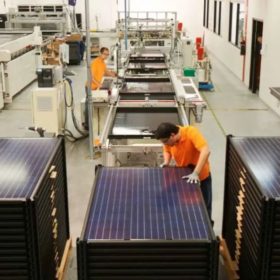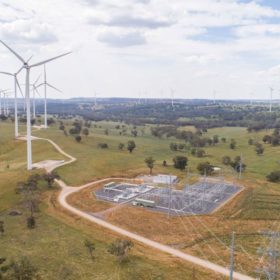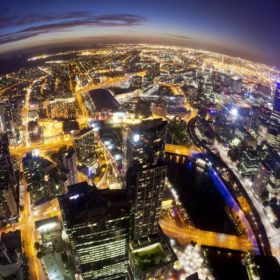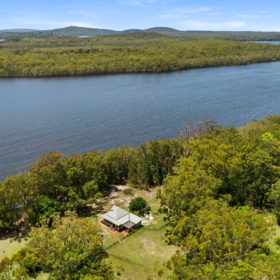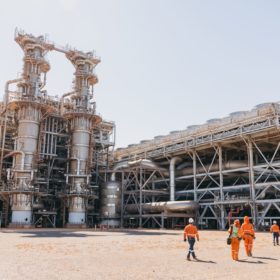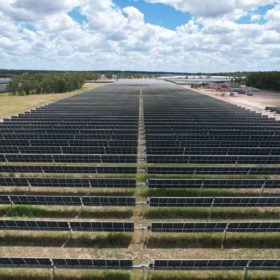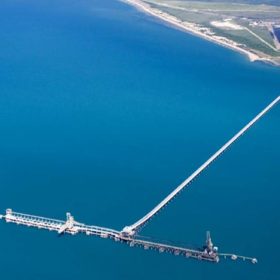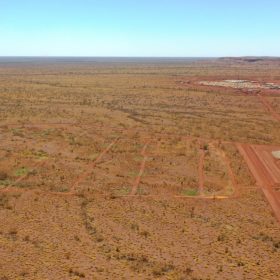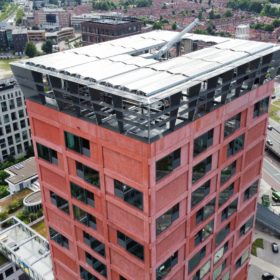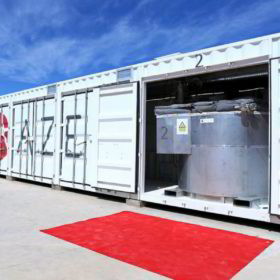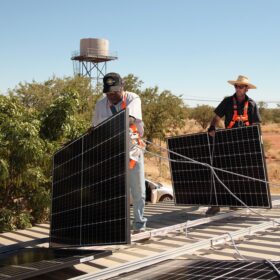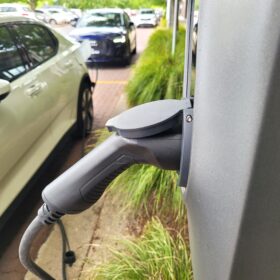Tindo’s sales skyrocket as consumers turn to homegrown solar
Australia’s only solar panel manufacturer, Tindo Solar, has announced a doubling of sales for both solar panels and battery storage in recent months. The manufacturer attributes the boom to the concatenation of rising energy costs, a potential recession, and increasing consumer awareness about the importance of buying quality products.
CWP backs battery connection deal to boost investor confidence
Authorities have provided developer CWP Renewables with the tick of approval for what will be the first big battery in Australia to be added to an existing wind or solar farm with the same connection point in the National Electricity Market.
AEMO rolls out roadmap to 100% renewables
With Australia’s energy system rapidly transitioning from a traditional dependency on coal-fired power generation towards a future built on renewables, the market operator has detailed the engineering roadmap required for the country’s main power systems to operate on 100% renewable energy more frequently and for longer periods.
NSW holiday cottage home to green hydrogen SAPS trial
A holiday house in New South Wales is thought to be the first residential property in Australia to make the switch to a hybrid solar and green hydrogen standalone power system with network service provider Essential Energy trialling the off-grid technology.
Woodside lands agreement for 50 MW solar project in WA
Woodside says it has secured an agreement with the traditional owners for land on which it plans to build the first 50 MW stage of what could eventually expand to be a 500 MW solar power plant in the Pilbara region of Western Australia.
162 MW Queensland solar farm begins commercial operations
The Queensland government’s push for 70% of the state’s energy supply to come from renewables by 2032 has received a boost with the completed 162 MW Columboola Solar Farm in the state’s Western Downs region now sending renewable energy to the grid.
International consortium accelerates green ammonia export plans
Australian renewables developer Energy Estate has signed a consortium of “globally recognised partners” to accelerate the development of a large-scale green hydrogen and ammonia production and export facility in north Queensland.
Rio Tinto plans $600 million spend to ramp up renewables plan in Pilbara
Resource-sector heavyweight Rio Tinto is planning to invest $600 million (USD 402 million) building two new solar farms and battery energy storage systems in the Pilbara region of Western Australia as part of the company’s efforts to decarbonise its iron ore operations.
Rooftop system with PV panels, mini wind turbines in the Netherlands
Ibis Power has developed a rooftop system that combines solar with wind turbines designed for medium-sized structures and high-rise buildings. It claims its PowerNEST system can produce six to 10 times more energy than standalone rooftop solar. The company has already installed five projects in the Netherlands.
Molten aluminium storage startup enters Australian market, apparently
In a decidedly confusing announcement, Swedish molten aluminium storage startup Azelio says it has secured a conditional order from relatively unknown Australian company MPG Built. Azelio says the order will see it provide “energy-as-a-service” using five of its TES.POD storage units combined with solar power.
